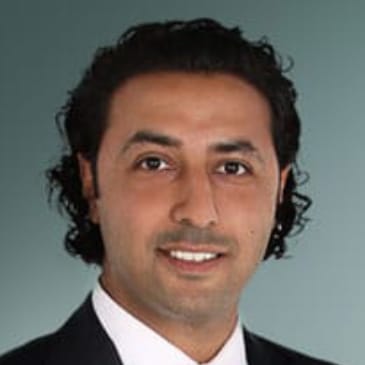A spectrum for autism?
Autism Spectrum Disorder (ASD)
As of May 2013, Autism Spectrum Disorder (ASD) includes conditions that used to be known as autism, Asperger's Syndrome, Unspecified Pervasive Developmental Disorder (PDD) and Childhood Disintegrative Disorder. This redefinition of autism is based on scientific research conducted over the past few decades. This research has led to a better understanding of this condition and the associated disorders (1). For many, autism is not a disease, but a different way of perceiving and interacting with the world (1).
Autism Spectrum Disorder is a developmental disorder. Cognitive profiles are heterogeneous and make a single description of ASD impossible (2) Thus, a child with ASD may have normal intelligence or intellectual disability. A delay in language development or abnormalities in this sphere are frequently observed. Usually, the first signs appear at a young age and the daily impact is felt immediately. Autism, as defined by the DSM-5, is a disorder of social and emotional communication in various contexts as well as the presence of repetitive and restricted behaviours. These anomalies must be present from early childhood, must impair daily functioning and cannot be better explained by intellectual disability. Different disorders can be associated with ASD including ADD/HD or sleep disorders, for example. The term “spectrum” refers to a continuum of developmental disorders and symptom severity. The notion of spectrum would better represent the different clinical presentations of the disorder (2). ASD can be described by the number and type of symptoms, the severity of the symptom, the age at which symptoms first became apparent, the overall level of functioning and the impact on social interactions.
Common symptoms:
- Child seems unresponsive to parents when addressed
- Lack of empathy
- Difficulty interpreting the emotions expressed by others during conversations
- Lack of social anticipation behaviours (for example, reaching out when a parent is about to pick him/her up)
- Lack of interest in sharing games or activities, prefers solitary games
- does not engage in mimicking games, hide-and-seek, or role playing games
- Random hand movements, hopping and twirling
- Use of stereotypical phrases often taken from television shows or video games
- Higher than average interest in the mechanics of objects (example, opening and closing doors, turning wheels, assembling / disassembling certain objects)
- High sensitivity to noise (e.g. mechanical noises or baby crying)
- Interest in twinkling lights or swirling water
Assessment and intervention:
People on the autism spectrum tend to display an amalgamation of symptoms of varying degrees; that is why their treatment must be adapted and personalized. Keep in mind that different people with ASD have very different skills and needs. In addition, some conditions are initially milder and may go unnoticed for a long period of time, and what can make the diagnosis more complex is the possibility of symptoms changing over time (11). Early detection and diagnosis leads to more effective early treatment. The assessment is done on the basis of clinical judgment, developmental questionnaires and also specific tests. Best practice recommends a multidisciplinary assessment. Interventions may involve multiple approaches and will often target family psychoeducation, parental "coaching" and behaviour modification programs. School adaptations, according to the child's abilities and needs, will also be put in place. Although there is no cure for ASD, it is possible to maximize the child's potential as well as to reduce family stress and distress for caregivers.
References
1. Morasse, Karine. Autism spectrum. AQNP. [Online] [Citation: June 15, 2020.] https://aqnp.ca/documentation/developpemental/le-spectre-autistique/.
2. Vicki Anderson, Elisabeth Northam, Jaxquie Wrennall. Developmental Neuropsychology, A clinical approach, second edition. s.l.: Routledge, 2019.







Follow us to stay in touch with the world of psychology